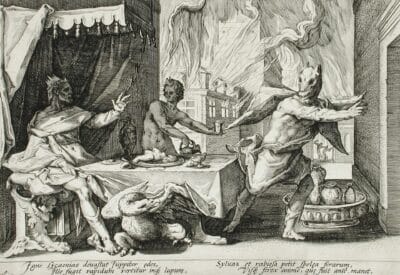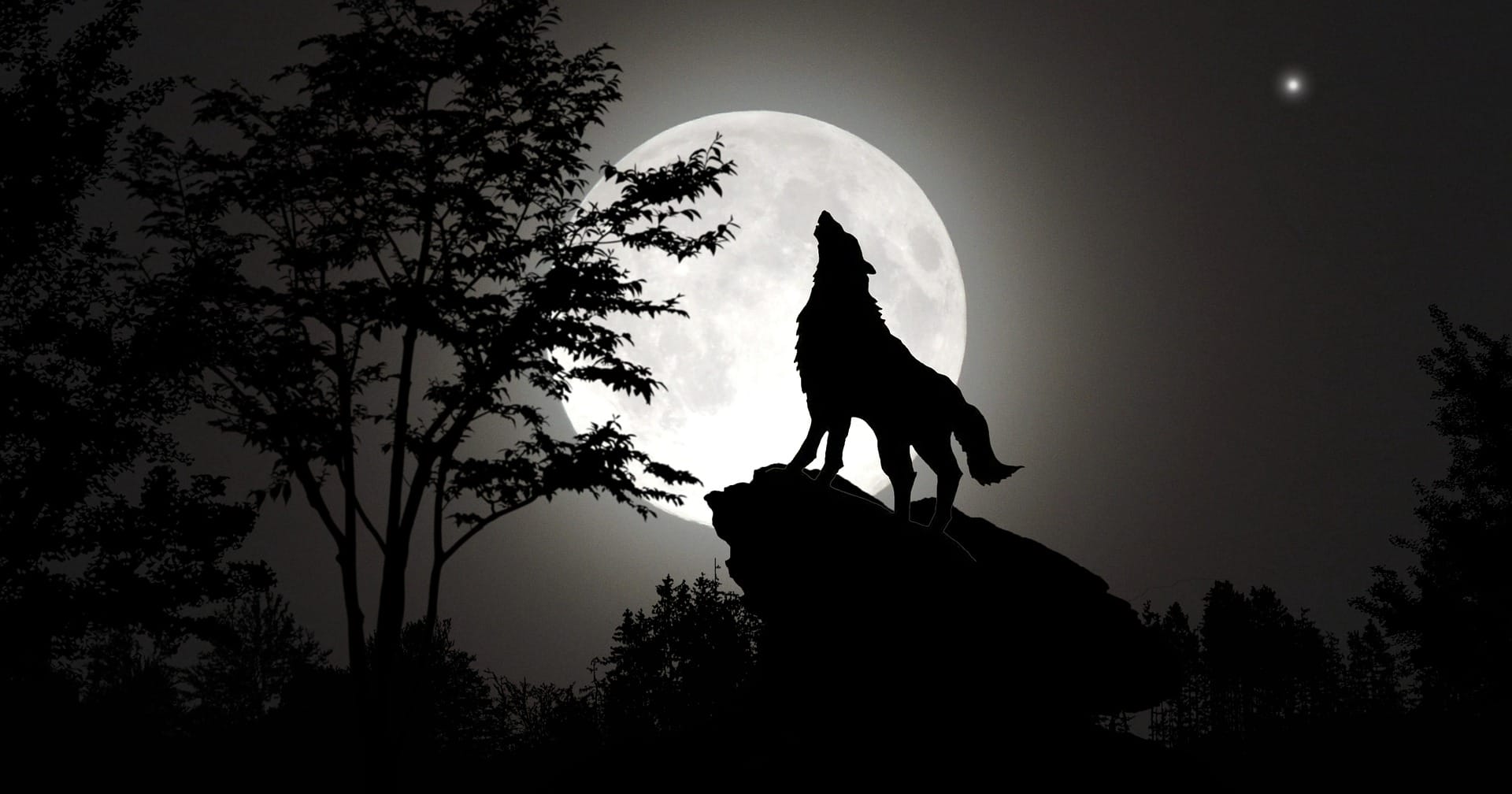The werewolf legend has been around since ancient times and is still popular today. It’s one of the most enduring and fascinating legends of our time.

In the legend, a person is believed to have the ability to transform into a wolf or a human-wolf hybrid at night or during a full moon. It has been said that this transformation is often involuntary, and the person may not remember their time as a wolf. The mythical creature has also been associated with serial killers, as well as with tales of people or animals being attacked by a wild animal in the night.
The werewolf has been featured in many works of literature and film, from ancient stories to modern horror movies. Its popularity remains strong despite its dark and frightening nature, making it one of the most beloved creatures in all of popular culture. Its legacy even continues in modern society, with the werewolf being seen in popular TV shows like Supernatural and Teen Wolf.
The werewolf seems to be an inevitable part of our culture, whether we love it or fear it. But it’s always interesting to explore its history and experience its influence on modern stories and media.
The Werewolf Legend Facts
- The werewolf legend has its roots in ancient Greece and Rome, with the tale of Lycaon, a man who, in an attempt to test Zeus’ omniscience and power, served him a dish containing human flesh. When Zeus discovered the dish’s contents, he transformed Lycaon into a wolf.
- The werewolf’s power comes from its ability to transform between two states – human and wolf – and is associated with the full moon.
- In many beliefs, the werewolf is characterized as a form of supernatural punishment, often inflicted upon someone who has committed a terrible crime.
- Ancient European beliefs state that a human can become a werewolf through witchcraft or by being cursed by another werewolf.
- In some mythologies, a belt made of wolfskin is considered to be a symbol of transformation into a werewolf, although it is unclear why this is so.
- Medieval Europe saw a dramatic rise in reported cases of werewolves and other monsters, likely due to the fact that many superstitions grew out of fear of outsiders and difference during that time.
- Many Native American cultures have stories of skin walkers who could take on the form of an animal such as a wolf or bear.
- Belief in werewolves still persists in some parts of the world today with sightings and reports still being made in some countries in Europe and Africa.
